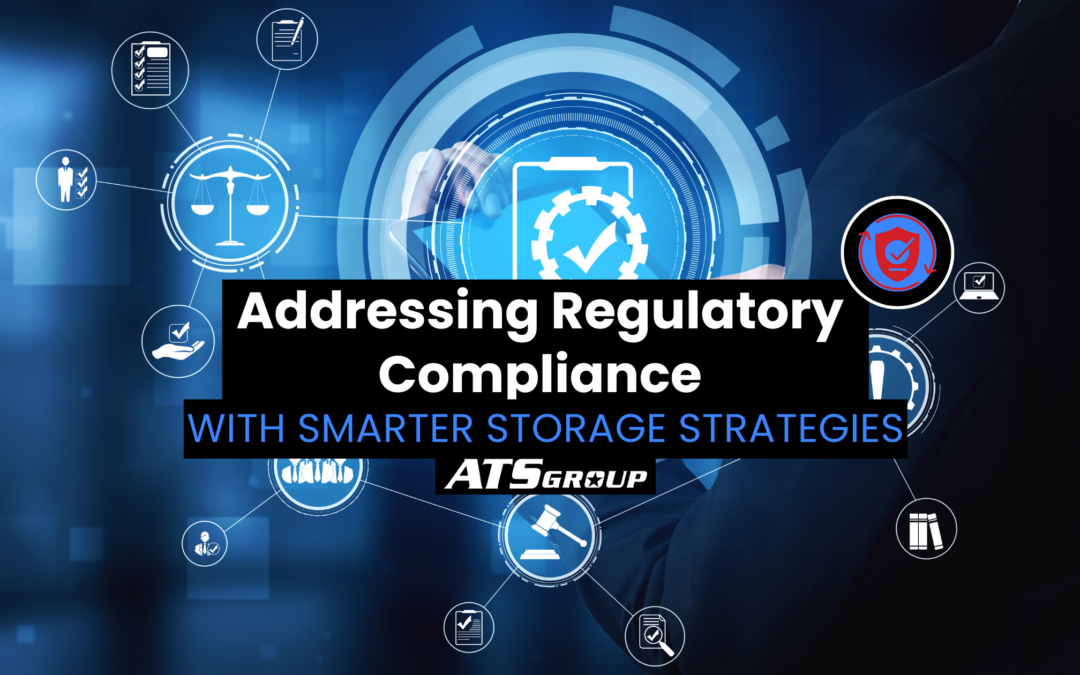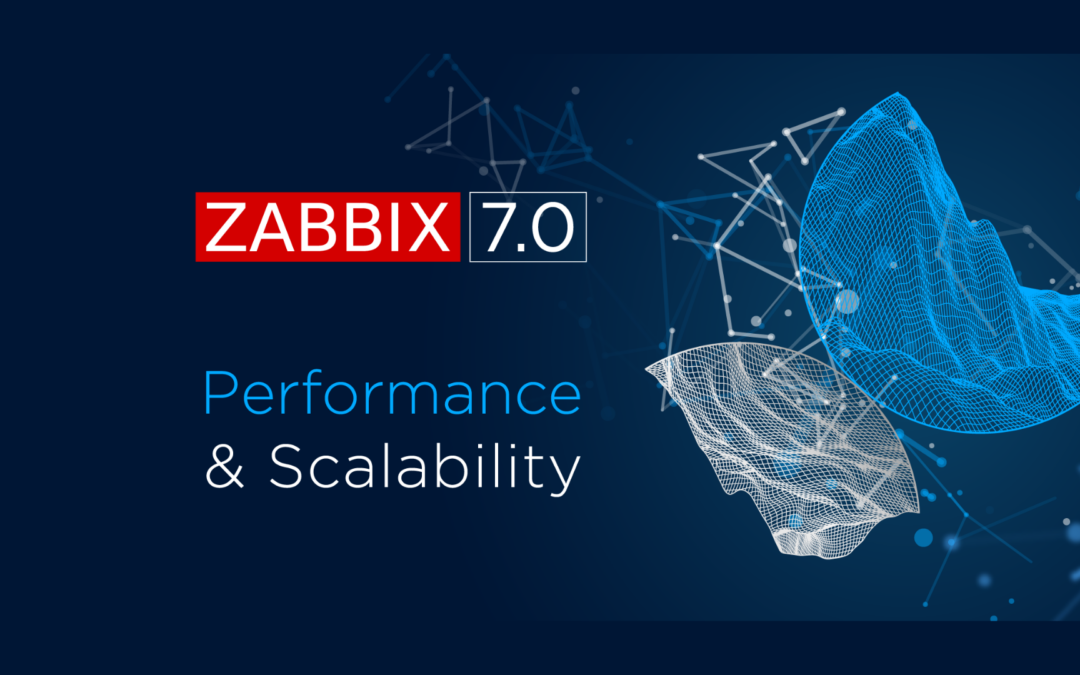The new FlashSystem 9100 combines the high performance of NVMe or IBM FlashCore drives with the advanced capabilities of the Spectrum Virtualize family software stack, in just a 2U footprint. ATS Group had the opportunity to participate in the beta program for the FlashSystem 9100, prior to its release. FlashSystem 9100 is available in two models: FlashSystem 9110 and FlashSystem 9150. The system we used during the beta program is a 9110, with dual 8-core CPUs and 128 GiB cache per node canister. A FlashSystem 9100 enclosure can be configured with up to 24 standard NVMe drives or IBM FlashCore drives; our beta system was configured with six 1.92 TB NVMe drives.
Specifications for the FlashSystem 9100 are as follows:
| FlashSystem 9110 (AF7) |
FlashSystem 9150 (AF8) |
|
| CPU (per node canister) | Dual 8-core Intel Skylake 1.7 GHz | Dual 14-core Intel Skylake 2.2 GHz |
| Internal M.2 boot drives (per node canister) | 1 | 2 (mirrored) |
| Compression assist cards (per node canister) | 1 (40Gbit) | 1 (100Gbit) |
| Cache (per node canister) | 64 GiB – 768 GiB | |
| FlashCore drives available | 4.8 TB, 9.6 TB, 19.2 TB | |
| Industry standard NVMe drives available | 1.92 TB, 3.84 TB, 7.68 TB, 15.36 TB | |
| Rack footprint | 2U | |
| Maximum usable DRAID-6 capacity | 379 TB (758 TB with 2:1 data reduction) | |
| Number of I/O slots (per node canister) | 3 | |
| Maximum number of I/O ports (per node canister) | Up to 12 x 16 Gbit/s Fiber Channel 4 x 10 Gbit/s iSCSI Ethernet Up to 6 x 25 Gbit/s iWARP or RoCE Ethernet Up to 2 x 12 Gbit/s SAS (for expansion enclosures only) |
|
| Maximum number of control enclosures in a cluster | 4 (8 node canisters) | |
FlashSystem 9100’s GUI presents a clean new system overview, with both front and rear views available simultaneously:

As in previous FlashSystem and Spectrum Virtualize GUIs, selecting an individual component provides more detail on that component. The FlashSystem 9100 GUI takes that one step further, however, offering the ability to select all components of a given type. For example, to highlight/select all fiber channel ports, just click on the “Fibre Channel Port” button:

The GUI is tightly coupled with IBM Storage Insights, offering to register the system in the main FlashSystem 9100 GUI:

Once the system is registered and a data collector agent installed, properties and performance of the FlashSystem 9100 can be viewed from anywhere via the Storage Insights web interface:

Considering that the FlashSystem 9100 combines flash storage with advanced Spectrum Virtualize capabilities, we performed a brief comparison of our FlashSystem 9100 and a system comprised of two SAN Volume Controller (SVC) nodes and a FlashSystem 900. As our system is a FlashSystem 9110, we would not expect it to equal the SVC/FS900’s performance. The more powerful FlashSystem 9150 should compare more favorably to the SVC/FS900. However, the following results show that even the 9110 can get close to the SVC/FS900 performance on these workloads. Also note that neither our FlashSystem 9110 nor our FlashSystem 900 are fully-populated with drives, and our FlashSystem 9110 was running beta code, so these brief comparisons should not be considered full benchmark tests.
Four 50 GiB fully-allocated volumes are presented to the test host from a two-node 2145-SV1 cluster, backed by a FlashSystem 900. Data reduction is not enabled on the SVC pool.
Likewise, four 50 GiB fully-allocated volumes are presented to the host from the FlashSystem 9100, backed by internal NVMe drives. Data reduction is not enabled on the FlashSystem 9100 pool. Our FlashSystem 9100 is equipped with standard NVMe drives, so the inline hardware-based compression of the IBM FlashCore modules was not available on our system.
The host, the SVC/FS900, and the FlashSystem 9100 are all connected to a pair of Brocade 16 Gbit/s fiber channel switches, however, the host is connected at 8 Gbit/s. Storage ports are connected at 16 Gbit/s
Using IOmeter on the host, we started an IOps-intensive read workload:
- 100% random reads, 4 KiB transfer size, aligned on 4 KiB boundaries
- 55 outstanding requests per LUN.
The FlashSystem 9100 volumes slightly outperformed the SVC/FS900 for read transfers/sec:

The FlashSystem 9100 volumes also exhibited slightly better read service times with this workload:

We next reconfigured the IOmeter workload to approximate that of one of our customers:
- 80% random reads at 4 KiB, aligned on 4 KiB boundaries
- 20% sequential writes at 32 KiB, aligned on 4 KiB boundaries.
- 55 outstanding requests per volume.
The FlashSystem 9100 performed only slightly slower than the SVC/FS900, as expected. On the IOPs-intensive random reads, the FlashSystem 9100 volumes performed within about 12% of the SVC/FS900 volumes, with the range from about 15,500 to 17,500 transfers/sec per volume.

Read service times for all volumes were in the 0.4–0.6 ms range:

For the throughput-intensive sequential write component, the FlashSystem 9100 volumes performed within about 10% of the SVC/FS900 volumes, with write throughput ranging from 125 MiB/s to 140 MiB/s per volume.

We next configured IOmeter for a 70/30 workload:
- 70% random 8 KiB reads, aligned on 4 KiB boundaries.
- 30% random 8 KiB writes, aligned on 4 KiB boundaries.
- 55 outstanding requests per volume.
On this workload, the FlashSystem 9110 performed on par with the SVC/FS900 system with regard to random read transfers per second. The volumes ranged from 13,500 to 15,000 transfers/sec per volume.

Read service times for that workload were very similar between the two systems, ranging from 0.40 to 0.55 ms:

The random write component of the workload produced similar results, with the FlashSystem 9110 slightly slower than the SVC/FS900. Write transfers/sec ranged from 5,900 to 6,400 transfers/sec per volume.

For write service times, the SVC/FS00 appears to have an advantage, posting lower write service times than the 9110. As previously noted, if we had tested a FlashSystem 9150 instead of the 9110, its results may be closer to the SVC/FS900 results.

With all three workloads, the FlashSystem 9110, which consumes 2U of rack space, performed similarly or just slightly below the SVC/FS900 system, which consumes 6U of rack space. The FlashSystem 9150 would likely perform better than the 9110.
The combination of high performance plus the advanced Spectrum Virtualize features makes the 9100 a compelling package, especially considering its small rack footprint. It is quite expandable, as well. Assuming a reasonable data reduction ratio of 2:1, the 9100 can be outfitted to store 758 TB in a single 2U enclosure. Expansion enclosures containing SAS drives can be added to the system, and Easy Tier can migrate data between the NVMe or FlashCore drives and the lower-tier SAS drives. All of these attributes combine to make the FlashSystem 9100 an attractive new offering from IBM.
About ATS
As new tech emerges offering business advantages, enterprises need support and expertise that will enable them to reap the benefits. Based near Philadelphia, the ATS Group offers agile services aligned with modern IT innovations, providing a critical competitive edge. For almost 20 years, our consultants have worked together to provide independent and objective technical advice, creative infrastructure consulting and managed support services for organizations of all sizes. Our specialists help clients store, protect, and manage their data, while optimizing performance and efficiency. The ATS Group specializes in server and storage system integration, containerized workloads, high performance computing (HPC), software defined infrastructure, DevOps, data protection and storage management, cloud consulting, infrastructure performance management and real-time monitoring for cloud, on-premises and hybrid solutions. The ATS Group supports solutions from today’s top IT vendors including IBM, VMware, Oracle, AWS, Microsoft, Cisco, Lenovo, Pure Storage and Red Hat.
Did this content resonate with you and your organization? Download the full version of the Getting to Know IBM FlashSystem 9100 | The Performance of Flash and NVMe & the Reliability of FlashCore document to share with peers.



